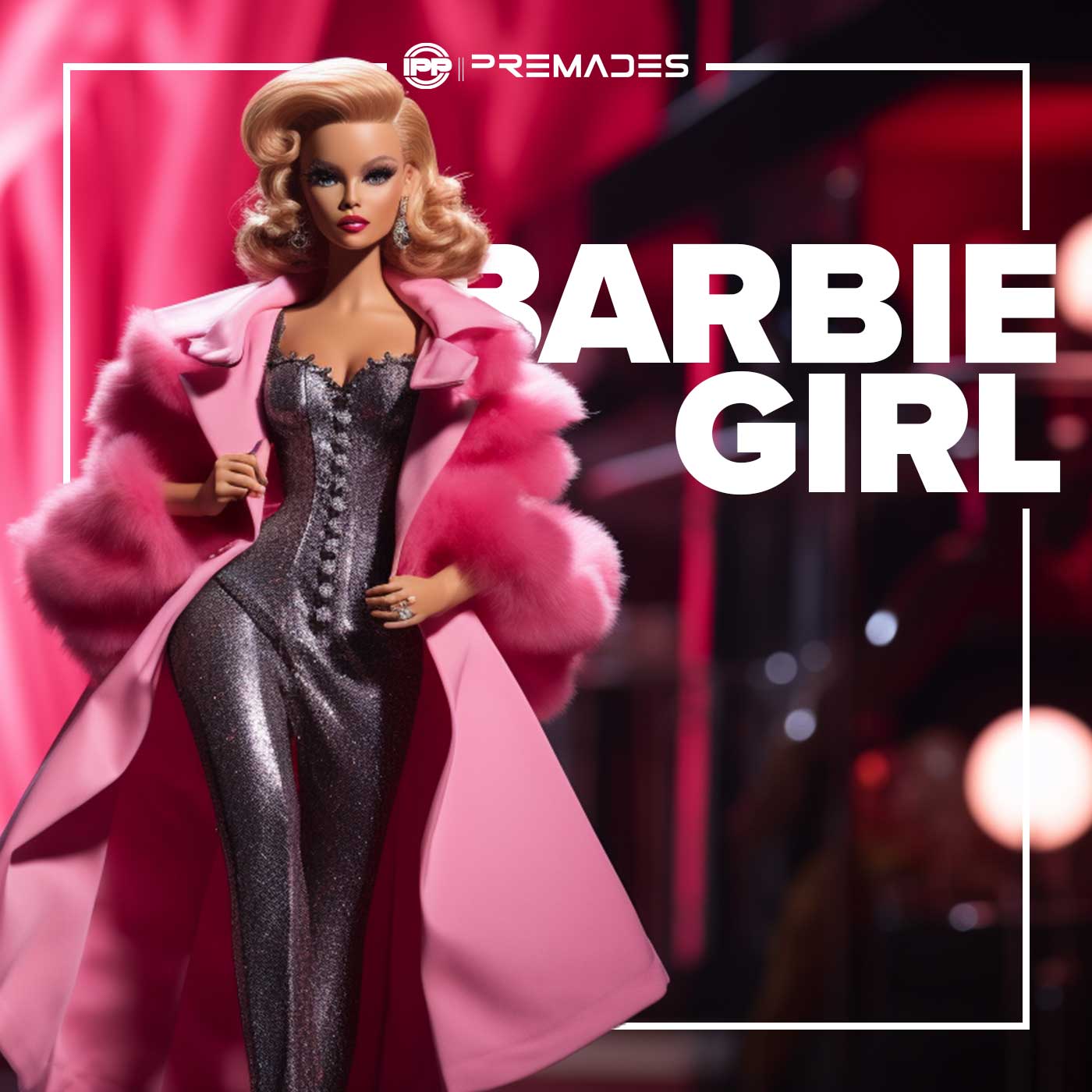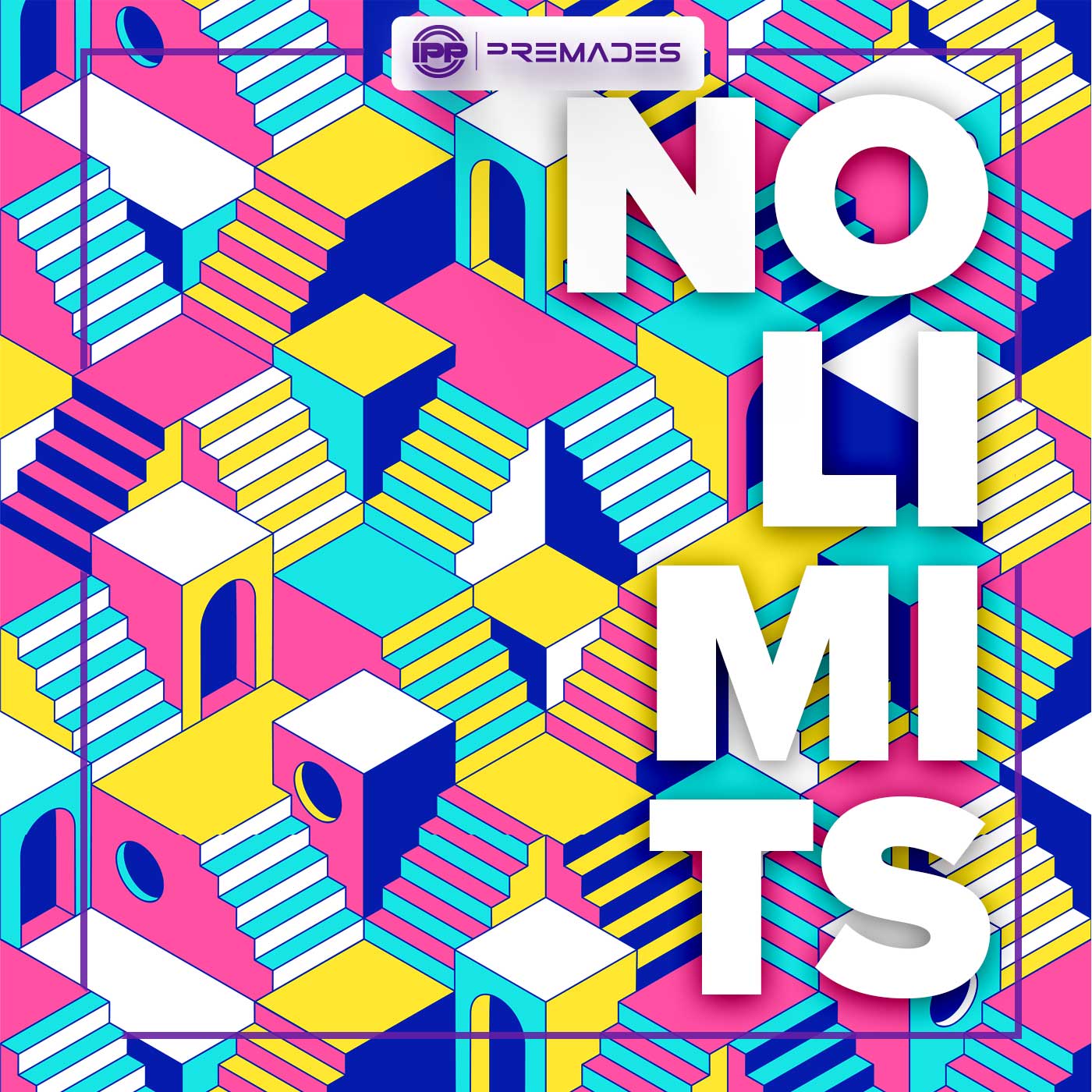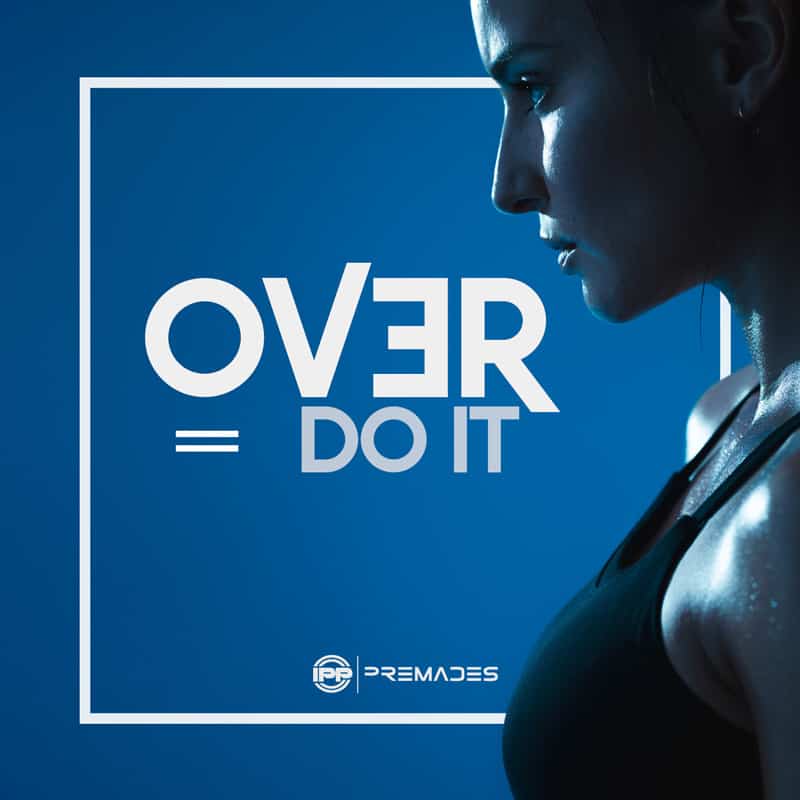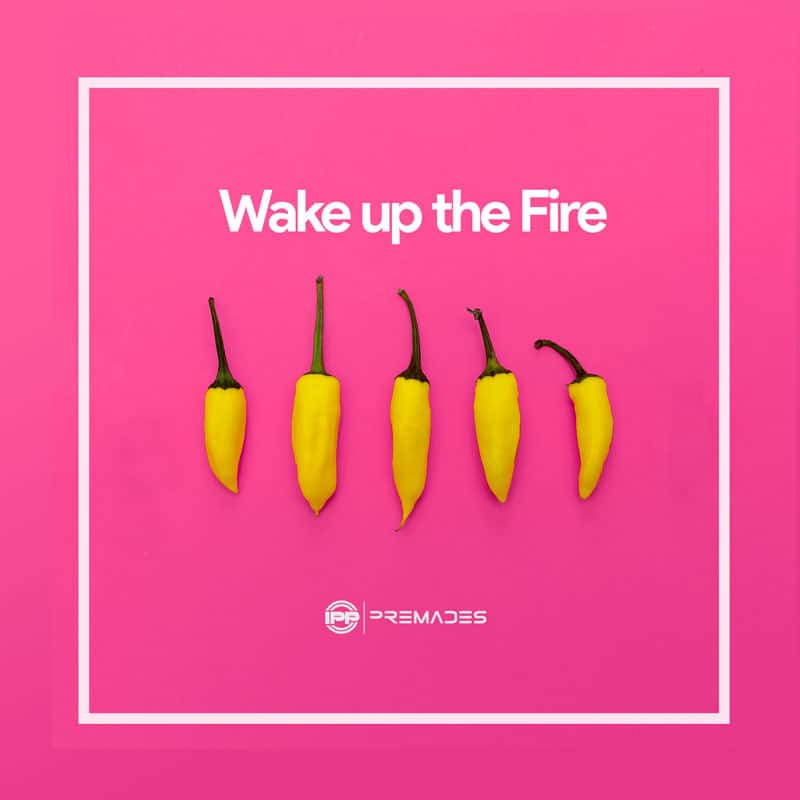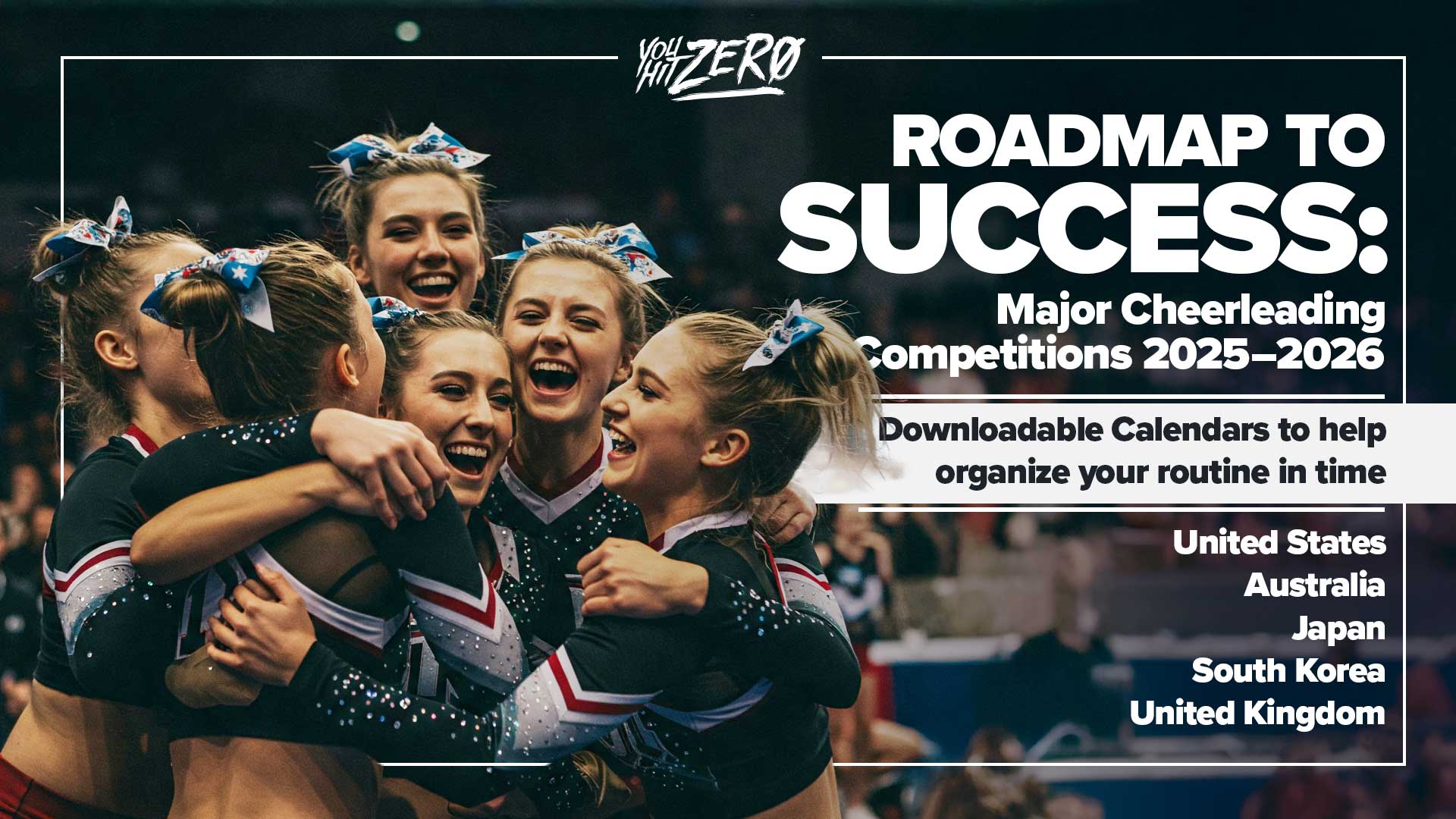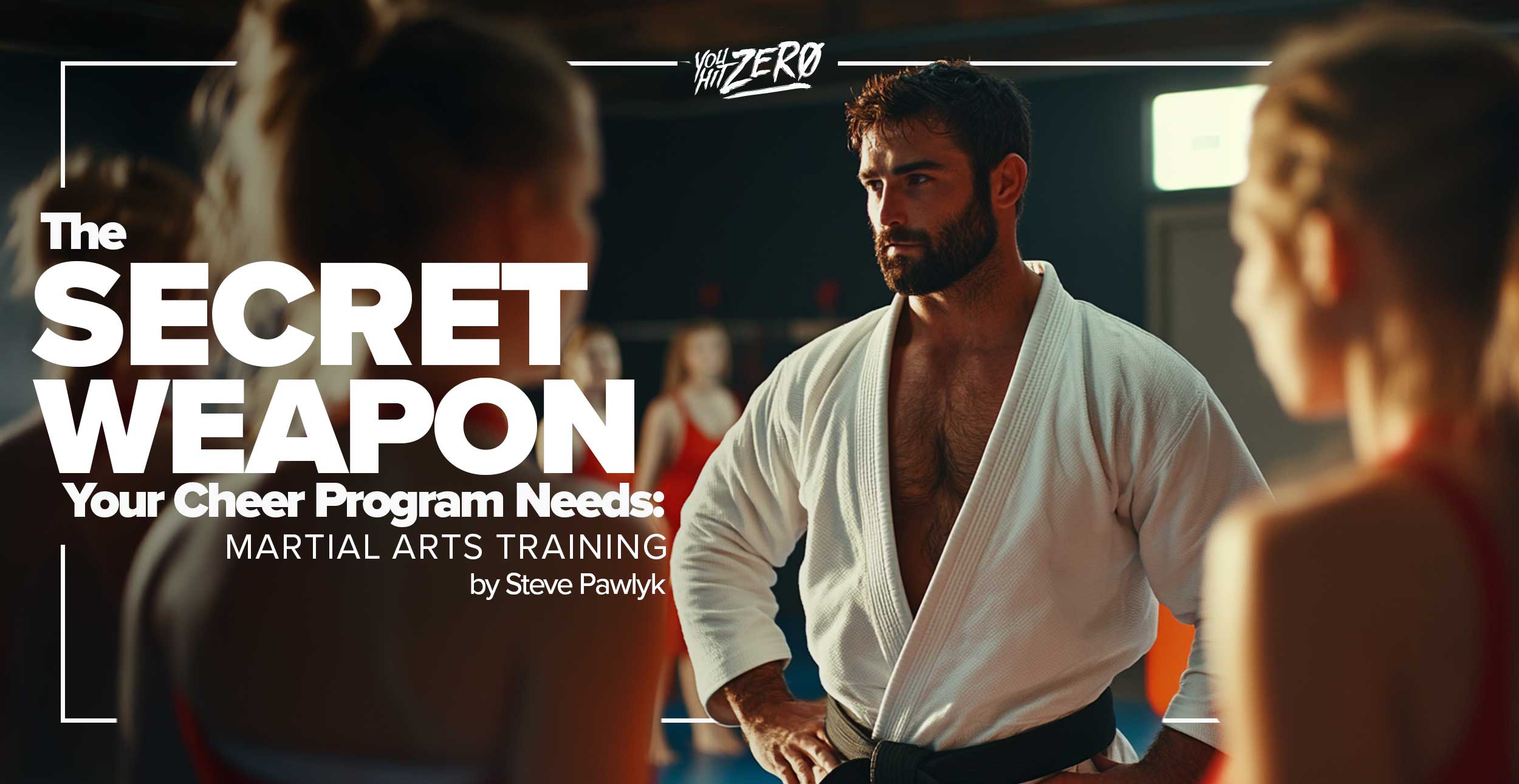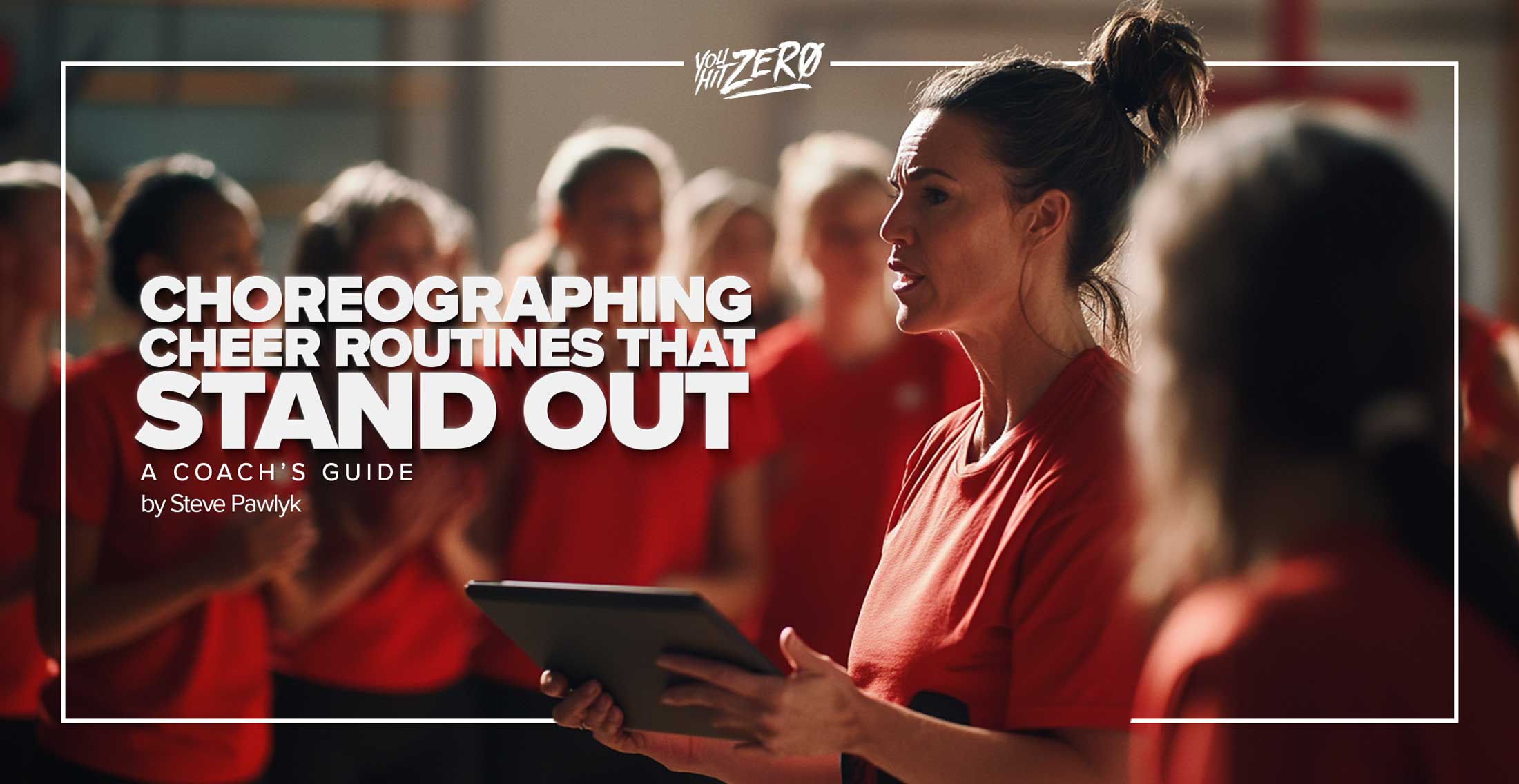By Steve Pawlyk
Published July 24, 2025
Here’s a story that still amazes me: The first major mix I ever produced was Oklahoma State University‘s championship mix for their 2011-12 season. I was actually with a different company that I had cofounded. OSU won their national championship in 2012 using that mix. But here’s what smart programs understand—OSU had found their sound. When I left to start IPP Music that summer, they made a strategic decision to maintain that consistency. They recognized that their musical identity had become part of their competitive advantage. What happened next changed everything—not just for IPP Music, but for how I understand the importance of signature sound in building championship programs.
The Call
When Coach Lindsey Bracken first contacted us, she was clear about what OSU needed: music that captured their identity, not just generic cheerleading songs. “We bleed orange,” she told me. “Our music needs to show that.”
I’ll be honest—the opportunity to mix for OSU back in 2012 is what began the trajectory that’s skyrocketed us to the position we are in today. Without OSU, we might not be as popular as we are now. But here’s what I didn’t expect: 12 years and 6 national championships later, they’re still with us. In an industry where programs often switch music providers like they’re changing practice wear, OSU’s loyalty has been both humbling and inspiring.
What Makes a Championship Partnership
After more than a decade working with Oklahoma State, I can tell you exactly why Coach Bracken says, “IPP provided music that encompasses our school pride so well and reflects our love for OSU.”
It’s not because we’re magicians with 8 count music or because we have some secret formula other companies don’t. It’s because from day one, we’ve approached their music as partners, not vendors. When OSU wins, we celebrate. When they face challenges, we problem-solve together. Their success is our success—literally.
The Numbers Tell the Story
Six national championships since 2012. Let that sink in. While other programs chase the newest music producer or the flashiest effects, Oklahoma State has stayed consistent with their cheer mix partner—and they’ve built a dynasty.
This isn’t luck. It’s what happens when a program commits to excellence in every aspect, including their music. Too many teams treat their cheer sounds as an afterthought, something to figure out after choreography is done. Champions like OSU know better. They understand that music is the foundation that elevates good routines to championship caliber.
What We’ve Learned Together
Working with OSU has taught us invaluable lessons that now benefit all 1,134+ programs we serve.
Consistency Builds Champions
Programs that stick with one music producer develop a signature sound. Judges recognize it. Fans anticipate it. Athletes perform better to music that feels like “theirs.” OSU’s sustained success proves that musical consistency is a competitive advantage.
Understanding Beats Everything
We don’t just make premade cheer music or custom mixes—we study our partners. We learn their traditions, their values, what makes them unique. For OSU, that means understanding Cowboy pride beyond the mascot. Getting the program’s vibe. For other programs, it might be completely different. But the commitment to truly knowing our clients remains constant.
Relationships Matter More Than Transactions
We’re now the Official Music Producer of the USA Cheer National Team and we partner with an endless list of larger gyms/programs and governing bodies. We’ve grown beyond what I imagined possible in 2012. But OSU reminds me daily that our success comes from relationships, not titles. They trusted us when we were nobody. They heard their future in the mixes we built for them.
Why This Matters for Your Program
If you’re a coach or choreographer reading this, you might be wondering what OSU’s story means for you. Here’s my take after producing thousands of mixes:
Stop shopping for the cheapest option or the trendiest producer every season. Find a music partner who:
- Understands your program’s identity
- Delivers consistent quality
- Values your success as their own
- Provides cheer songs clean and properly licensed for competition
Whether you need fully custom dance songs for team routines or affordable premade cheer music that can be personalized, the key is finding a partner, not just a provider.
A Personal Note
To Coach Bracken and the entire OSU program: Thank you. You gave a small music company a chance, and your faith in us launched something bigger than either of us imagined. Your six championships are yours—earned through talent, dedication, and countless hours of hard work. But knowing we’ve been part of that journey, providing the soundtrack to your success, remains one of IPP Music’s proudest achievements.
To every other program reading this: Your championship journey is waiting. Whether you’re an established powerhouse or a growing program with big dreams, the right music partner can accelerate your path to success. We’d be honored to be part of your story, just as we’ve been privileged to be part of Oklahoma State’s.
The Future We’re Building
Today, IPP Music serves programs worldwide: youth leagues to elite All-Star gyms, from Tokyo to Topeka. We offer everything from customizable $49 premade mixes to fully custom productions. But no matter how much we grow, the lesson from OSU remains the same: championships are built on partnerships.
When programs ask me about our success stories or our production process, I often share the OSU story. Not because every program will win six nationals (though we’d love that!), but because their approach—choosing a partner and building together—is available to everyone and has proven to be critical in hitting that zero.
Ready to start your own championship partnership? Explore our custom and premade cheer music options. As the Official Music Producer of the USA Cheer National Team and the trusted partner of champions like Oklahoma State University, we’re ready to help write your success story.
Be sure to check out future articles on other teams that have found success using ippmusic.com in this new series called
IPP's Premade Mixes are USA Cheer Compliant and customizable! Add Sound FX, swap songs, & more! Add your Team Name to the mix for only $10!

